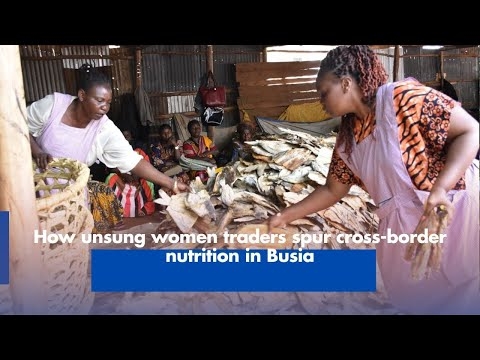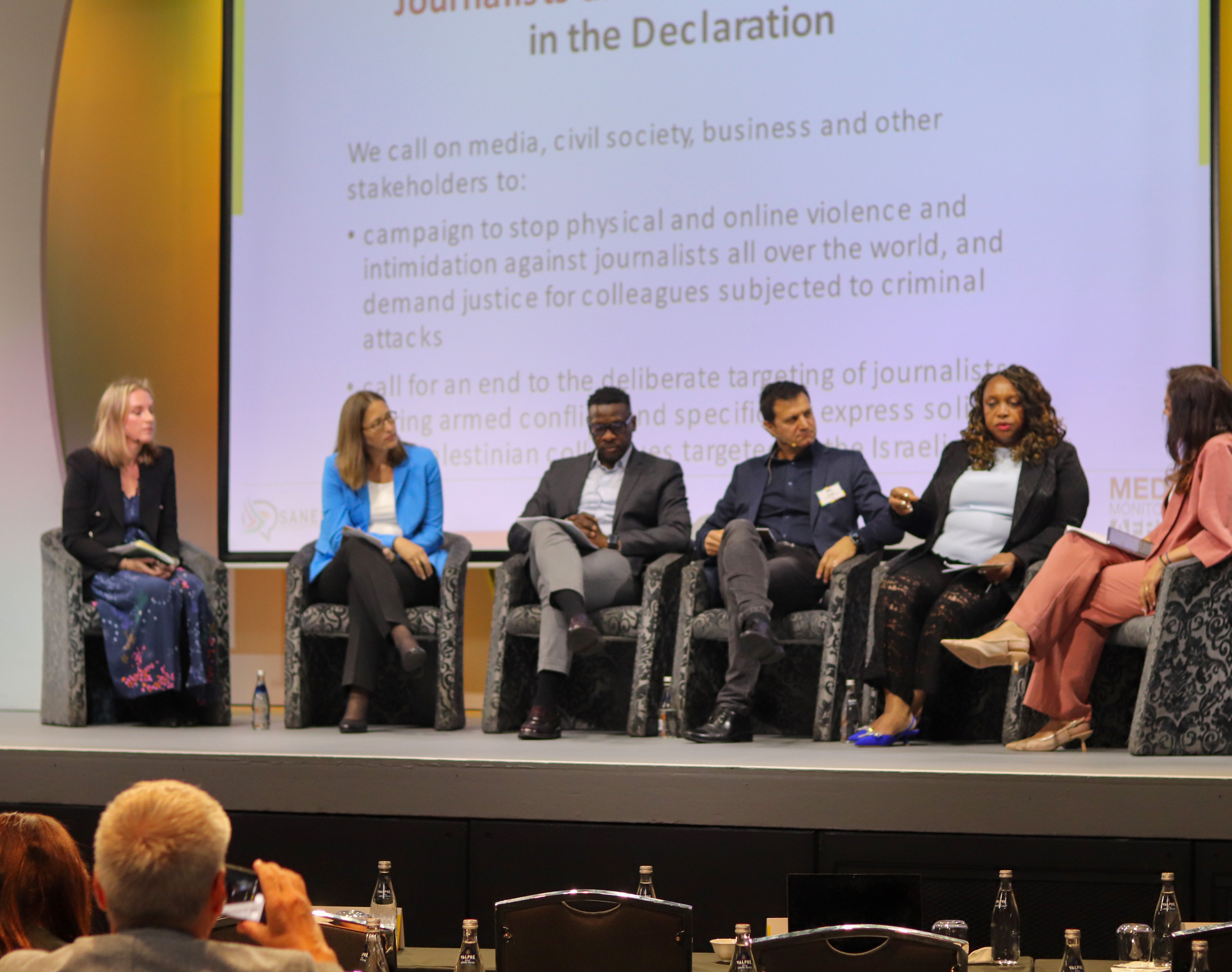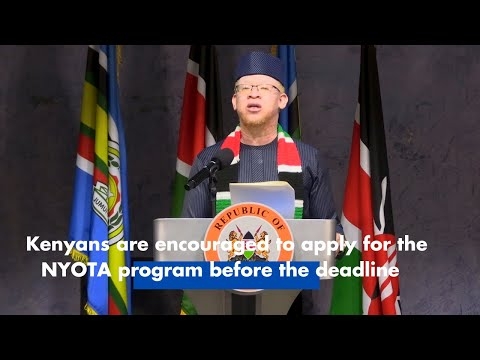

For years, women have largely been portrayed as vulnerable or displaced. But a fresh perspective from African Women in Media (AWiM is shifting the narrative to show how women’s mobility is reshaping economies and enriching communities across the continent.
AWiM is a pan-African network of journalists founded by a Nigerian media scholar.
It commissioned 25 investigative reports under the ‘Move Africa’ project in partnership with the African Union and Germany’s development agency GIZ.
The reports aim to correct long-standing misrepresentations of women’s migration experiences, AWiM co-founder Dr Yemisi Akinbobola told bird in an interview.
“Oftentimes when we’re talking about migration in Africa, it’s portrayed quite negatively. It’s about Africans trying to leave through dangerous terrains to other parts of the world for better pastures,” she told bird.
Akinbobola said migration stories of resilience, entrepreneurship and community building led by women often go unnoticed or uncovered.
“Very rarely do we see the entrepreneurial side of women in migration. Our goal is to change that,” she said.
Among the stories uncovered by AWiM include one of a migrant woman who set up a school for refugees in her host country, and others that tracked cross-border traders, young professionals and women leading businesses in new cities.
TRADE-DRIVEN
Mobility in Africa has been on the rise over the last three years, driven by the gradual opening up of the African Continental Free Trade Area (AfCFTA).
It will be the world’s largest single market once fully implemented.
This has raised expectations for the free movement of people and goods even as progress on the protocol remains uneven.
AWiM found that movement is far easier across some African borders than others, with certain trades enjoying more freedom than the rest.
For many women interviewed, these policy gaps translate into daily struggles at checkpoints, markets and workplaces.
AWiM is optimistic that migration stories grounded in lived experience can influence policy debates and help accelerate the harmonisation of free-movement protocols.
“By telling authentic stories of women’s mobility, we show what opportunities the free movement protocol can unlock. That may encourage countries that are lagging behind to act,” Akinbobola said.
Through a rigorous editorial process, the network endeavoured to capture women in their everyday environments, which editors working on the initiative said was key to delivering authenticity.
“We made sure to meet women where they work whether in stalls, markets, offices or border points,” AWiM co-managing editor Toyin Adeoye said.
“It’s easier to tell authentic stories when characters speak from their lived reality in real time.”
Through AWiM Learning platform, the network provided training in investigative reporting, multimedia and data journalism.
This dual strategy combining editorial output with training, Akinbobola said, underscored AWiM’s longstanding commitment to building a pipeline of women reporters who can cover the continent’s most pressing issues.
“We want African women journalists to own these narratives,” she said.
Data also played a central role, with reporters seeking migration statistics from government agencies, and compared them with findings from the field.
A partnership with Barazalab, a Kenyan data lab, equipped journalists with skills in visualisation.
Diversity was built into the project to ensure stories did not cluster around one region or narrative but spanned experiences from southern Africa to West Africa, East Africa to the Sahel, reflecting both the complexity and opportunity of mobility.
“We ensured representation across regions. That was important for stakeholders, but also gave the project a pan-African scope,” AWiM co-managing editor Lolade Alaka said.
SHIFTING PERCEPTIONS
AWiM said it has expanded public understanding of migration within Africa through strategically circulating these stories across media platforms.
Some of the immediate impact is being demonstrated in how narratives are shifting perceptions of policymakers and as ordinary readers start to weigh their own mobility choices.
“Some readers told us they planned trips to African countries after learning about the AU’s free movement policy in the stories,” Alaka said.
Some of the most read migration stories, AWiM said, drew between 14,000 and 68,000 views.
The migration initiative is part of AWiM’s broader AWiM 2030 strategy to transform its annual conference into a global forum.
The upcoming AWiM25 conference in Addis Ababa, Akinbobola said, will focus on gender-responsive policies, particularly around gender-based violence, while also extending AWiM’s work on migration, economic empowerment and representation.
“We’re keen to move from dialogue to
action. Our goal is to ensure that policies don’t just exist on paper but are
implemented equally for women across the continent,” Akinbobola said.
AWiM’s 2030 agenda rests on three pillars, including building networks, driving research-informed policy change and supporting economic empowerment.













